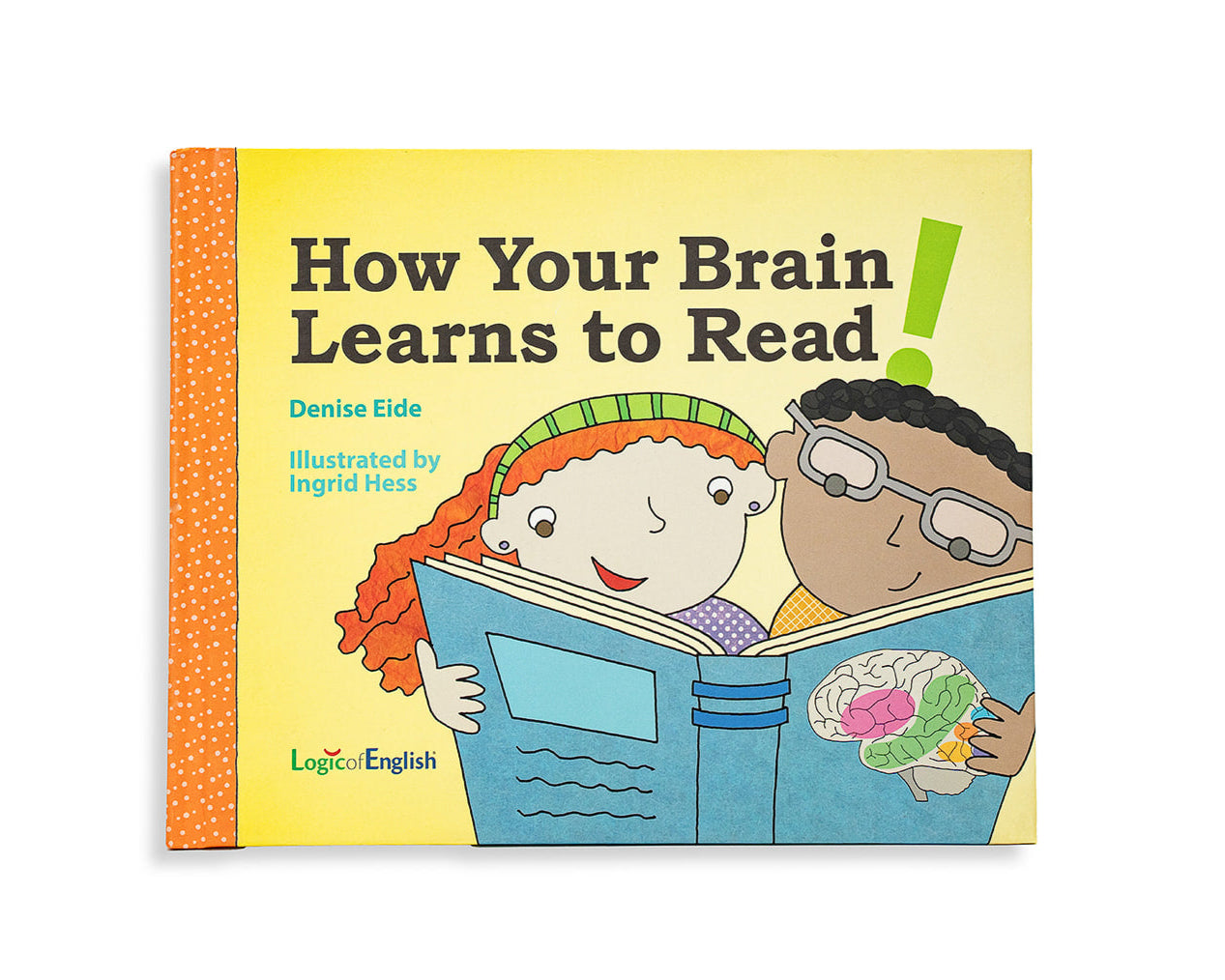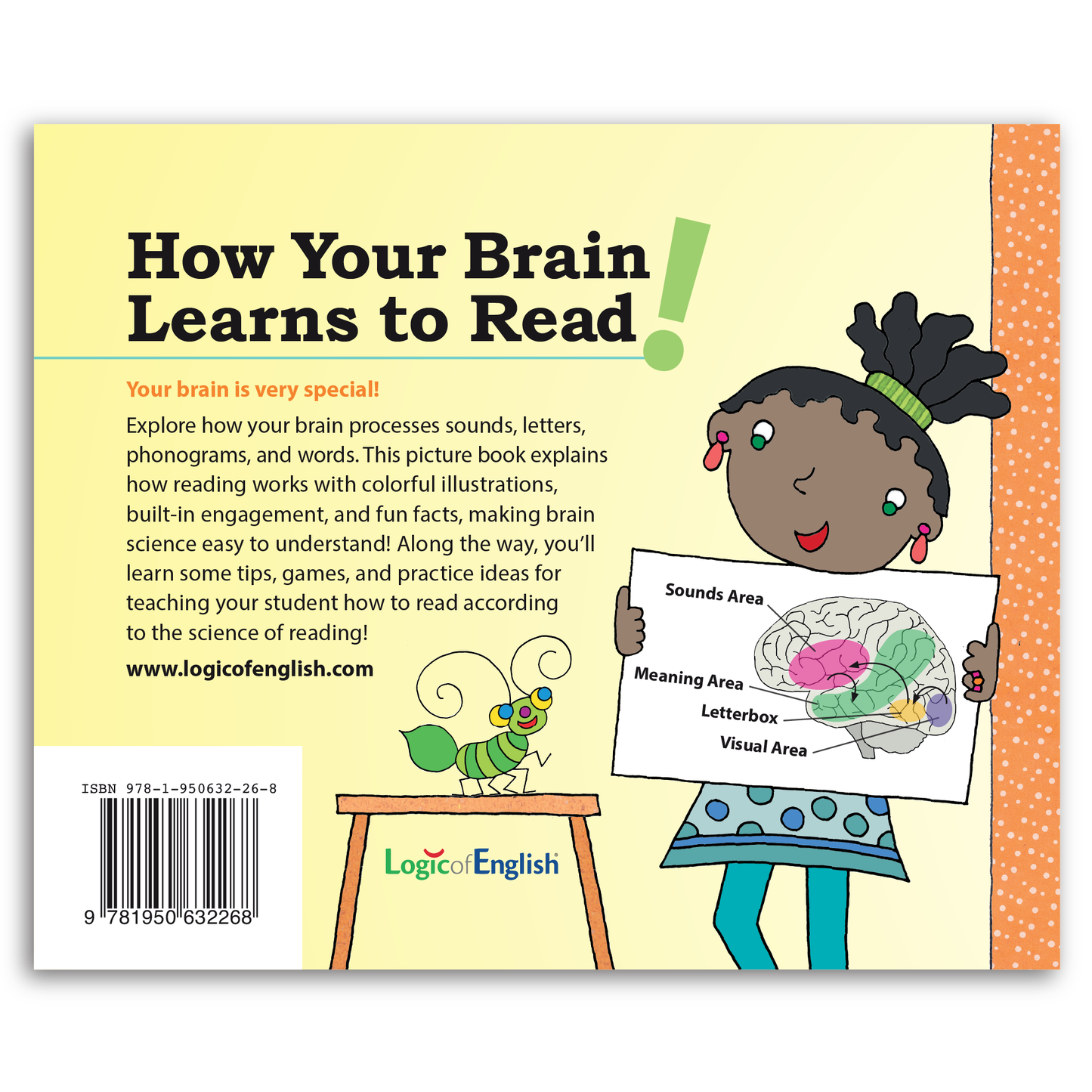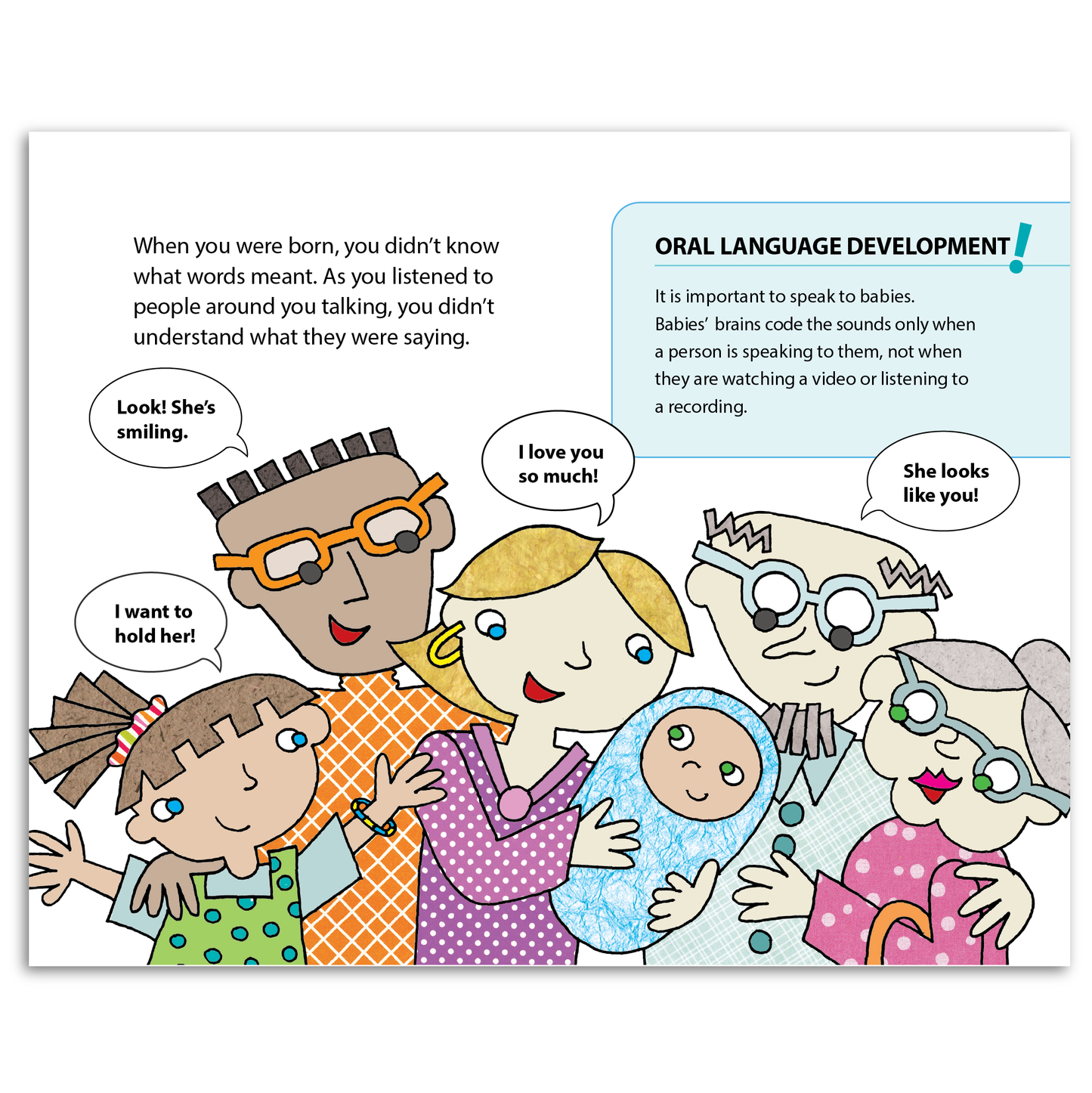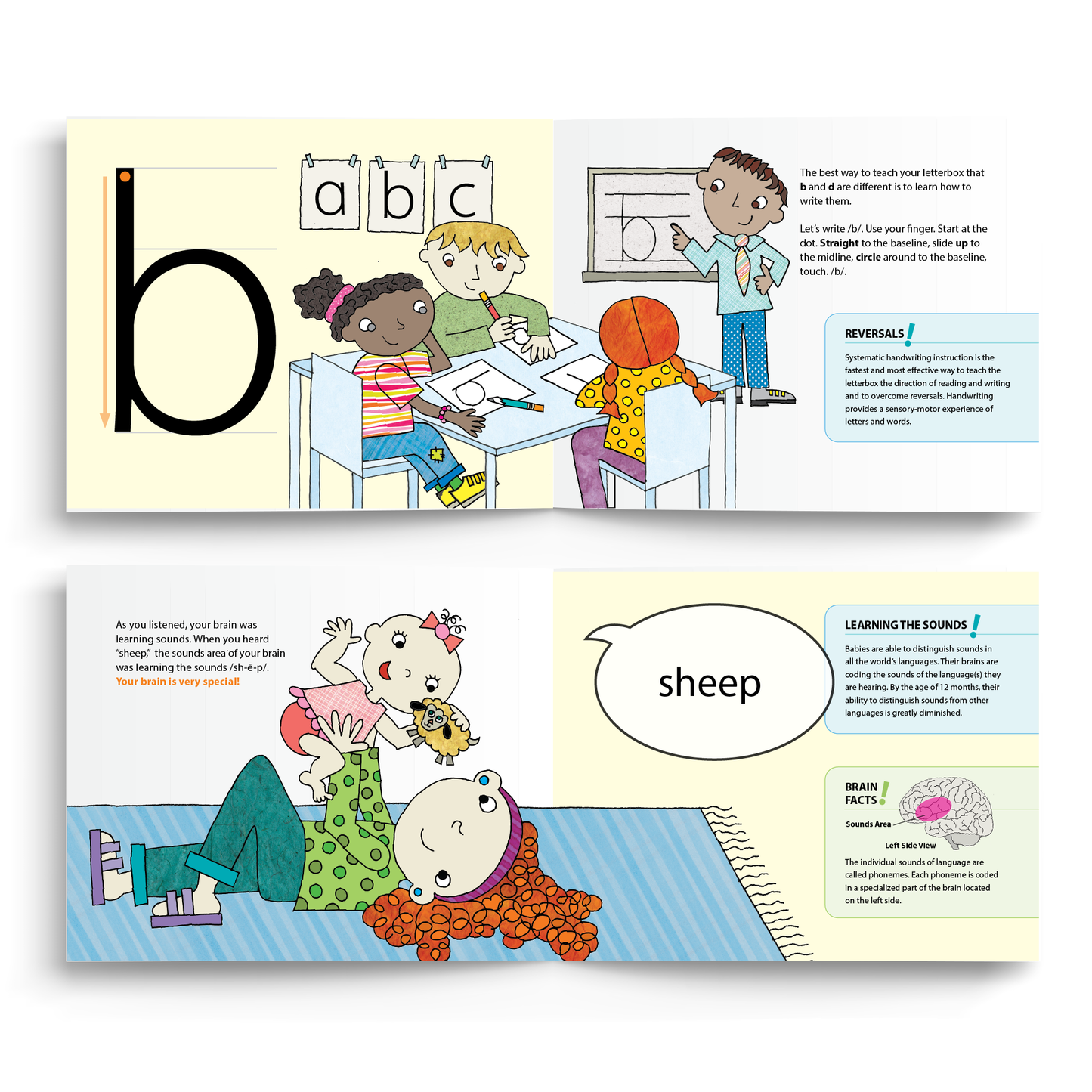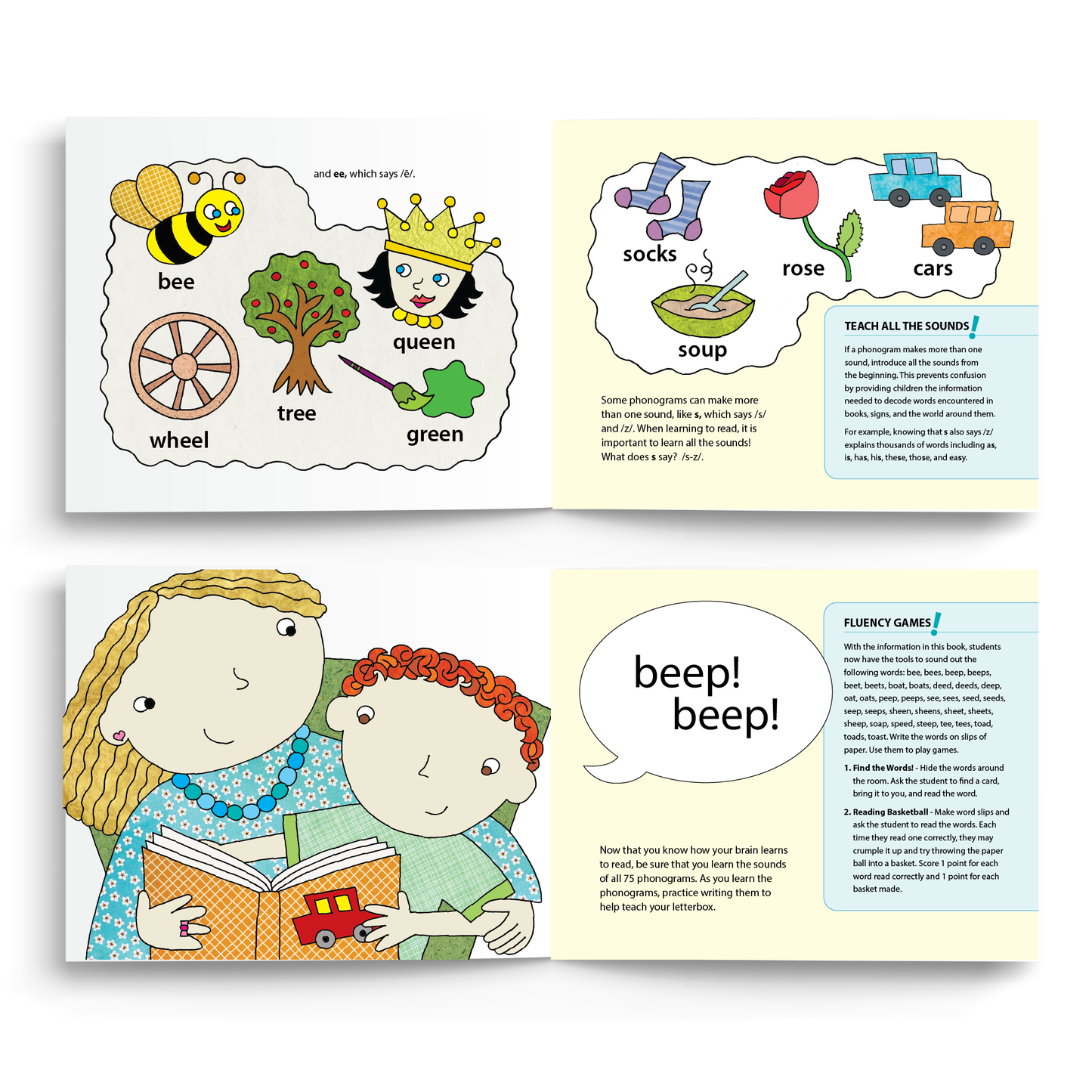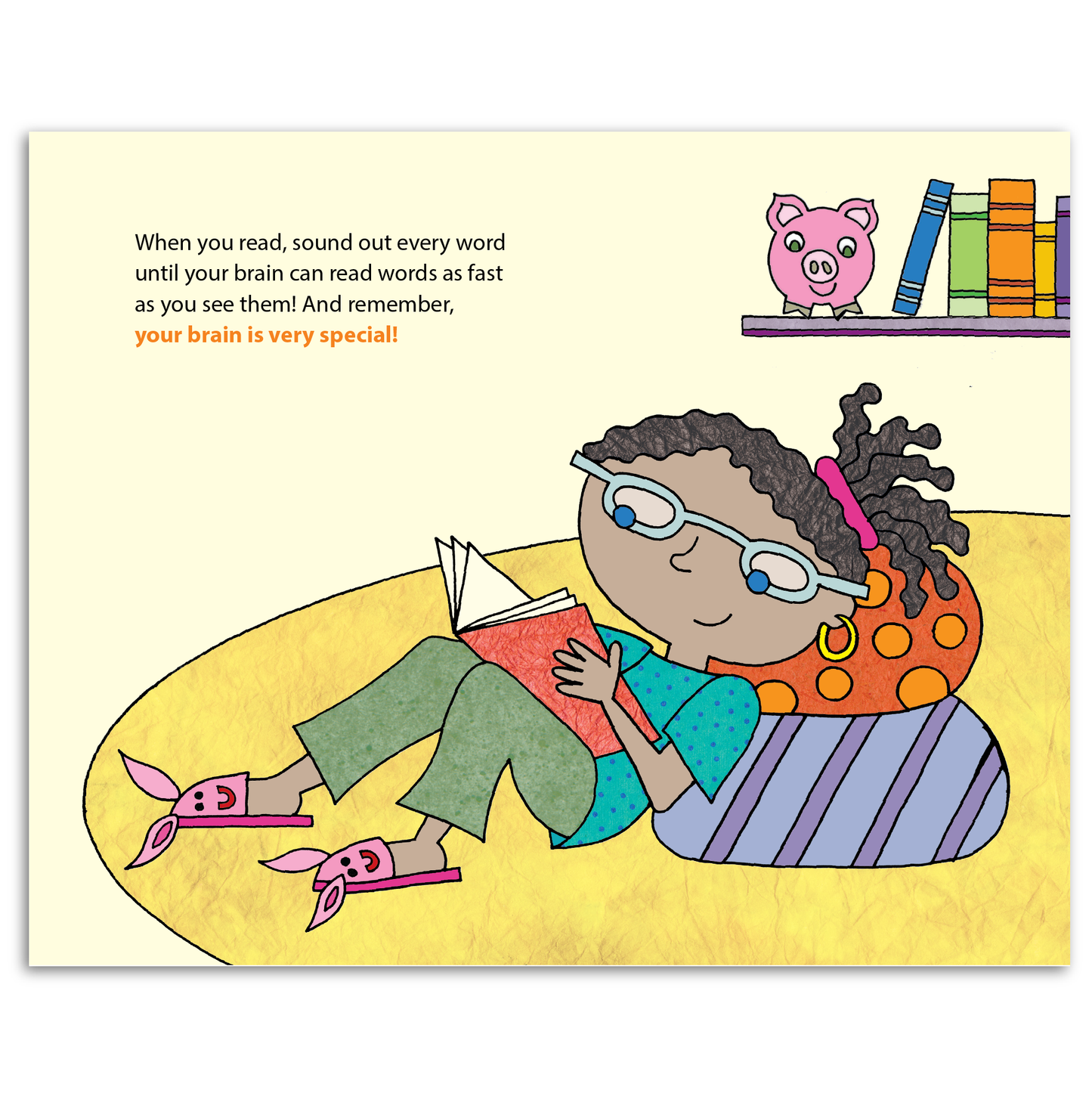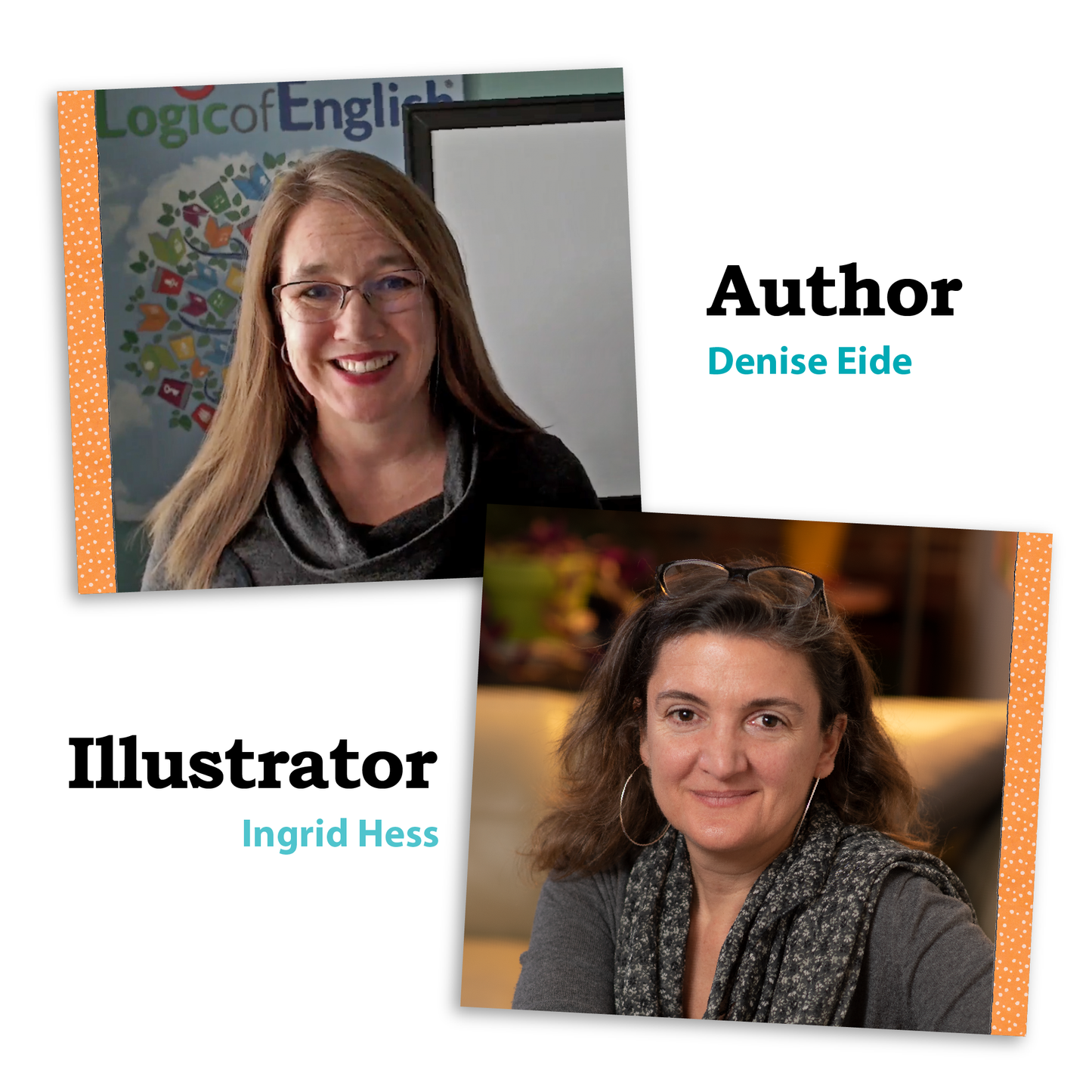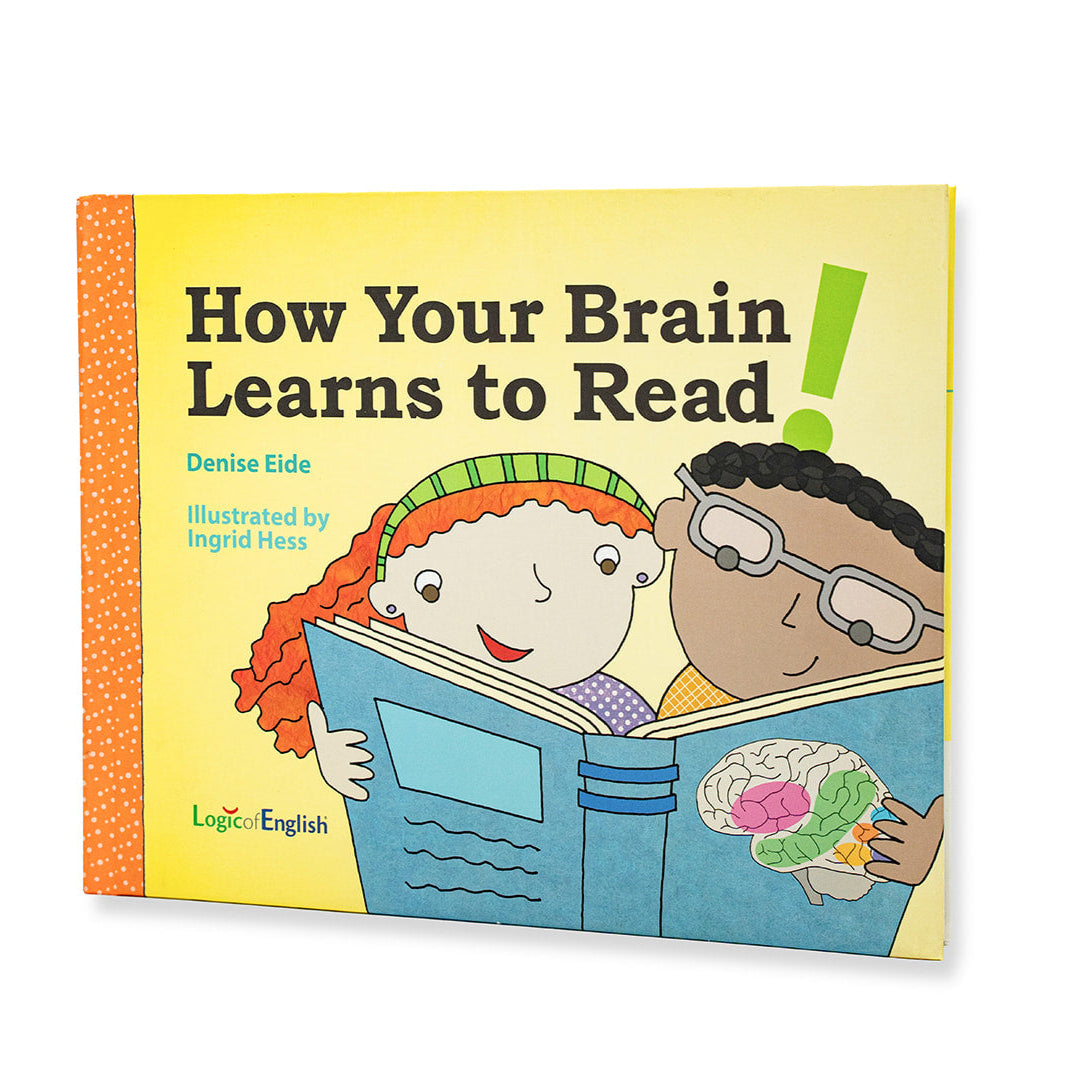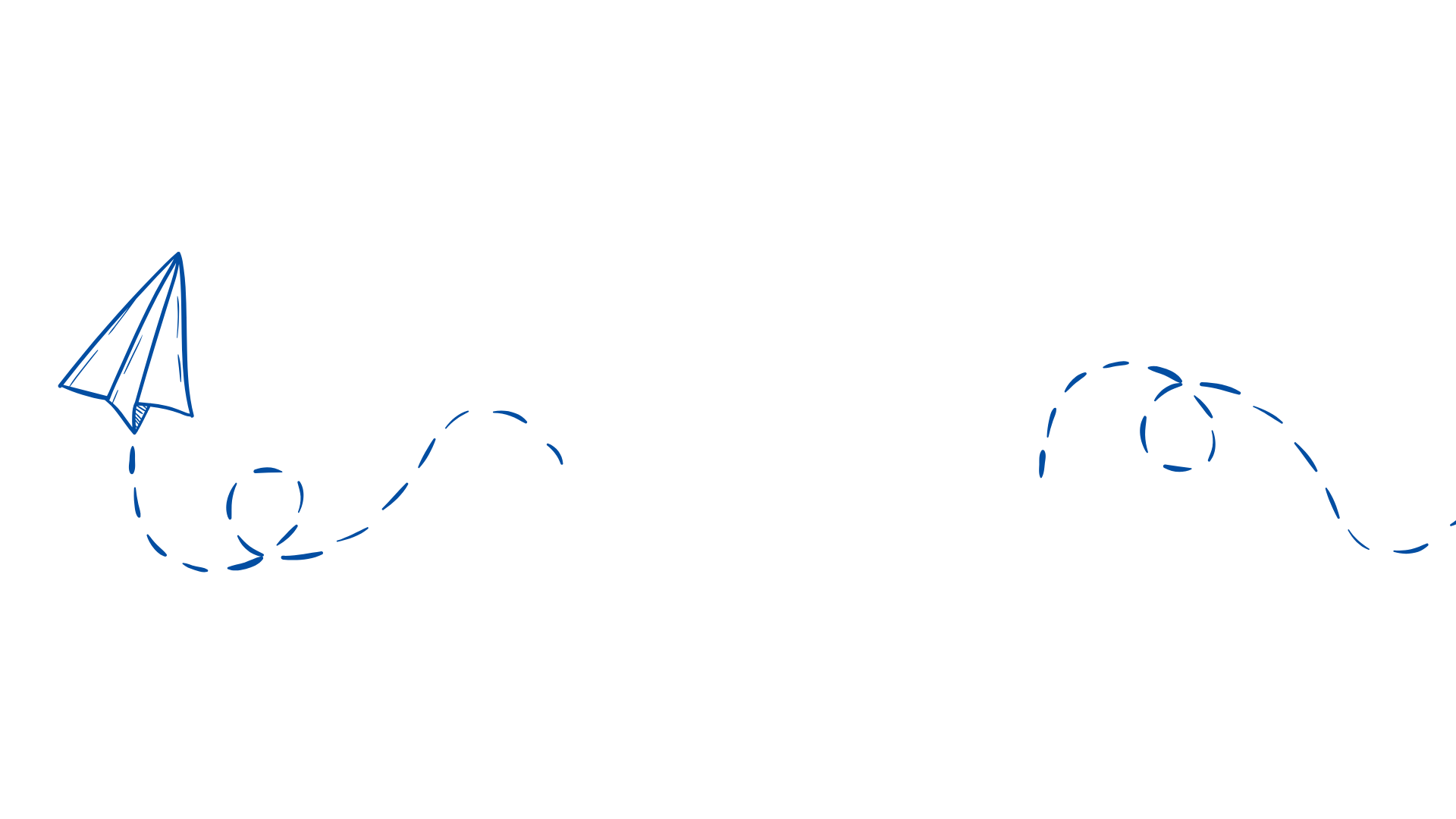References
Dehaene, S. (2010). Reading in the Brain: The New Science of How We Read. Penguin Books.
Dehaene, S. (2013a). Inside the Letterbox: How Literacy Transforms the Human Brain. Cerebrum, 2013:7. http://www.dana.org/news/cerebrum
Dehaene, S. (2013b). How the Brain Learns to Read - Prof. Stanislas Dehaene. Filmed October 25, 2013. https://www.youtube.com/watch?v=25GI3-kiLdo
Dehaene, Dr. S. (2013c). Lecture by Dr. Stanislas Dehaene on “Reading the Brain.” Retrieved from https://www.youtube.com/watch?v=MSy685vNqYk
Ehri, L. C. (2014). Orthographic Mapping in the Acquisition of Sight Word Reading, Spelling Memory, and Vocabulary Learning. Scientific Studies of Reading, 18(1), 5–21. https://doi.org/10.1080/10888438.2013.819356
Gough, P. B., & Tunmer, W. E. (1986). Decoding, Reading, and Reading Disability. Remedial and Special Education, 7(1), 6–10. https://doi.org/10.1177/074193258600700104
Kuhl, P. K., Williams, K. A., Lacerda, F., Stevens, K. N., & Lindblom, B. (1992). Linguistic Experience Alters Phonetic Perception in Infants by 6 Months of Age. Science, 255(5044), 606–608. https://doi.org/10.1126/science.1736364
Kuhl, P. (2011). The linguistic genius of babies. https://www.ted.com/talks/patricia_kuhl_the_linguistic_genius_of_babies/transcript?language=en#t-159465
Kuhl, P. K. (2015). Baby Talk. Scientific American, 313(5), 64–69. https://doi.org/10.1038/scientificamerican1115-64
Longcamp, M., Boucard, C., Gilhodes, J.-C., Anton, J.-L., Roth, M., Nazarian, B., & Velay, J.-L. (2008). Learning through Hand- or Typewriting Influences Visual Recognition of New Graphic Shapes: Behavioral and Functional Imaging Evidence. Journal of Cognitive Neuroscience, 20(5), 802–815. https://doi.org/10.1162/jocn.2008.20504
Mangen, A., & Velay, J.-L. (2010). Advances in Haptics. https://doi.org/10.5772/8710
Seidenberg, M. (2017). Language at the Speed of Sight: How We Read, Why So Many Can’t, and What Can Be Done About It. Basic Books.
Shriver, E. K. (2000). National Reading Panel. U.S. Government Printing Office. Retrieved from U.S. Government Printing Office website: chrome-extension://efaidnbmnnnibpcajpcglclefindmkaj/https://www.nichd.nih.gov/sites/default/files/publications/pubs/nrp/Documents/report.pdf
Stavanger, T. U. of. (2011). Science Daily. Better Learning through Handwriting. https://www.sciencedaily.com/releases/2011/01/110119095458.htm
































